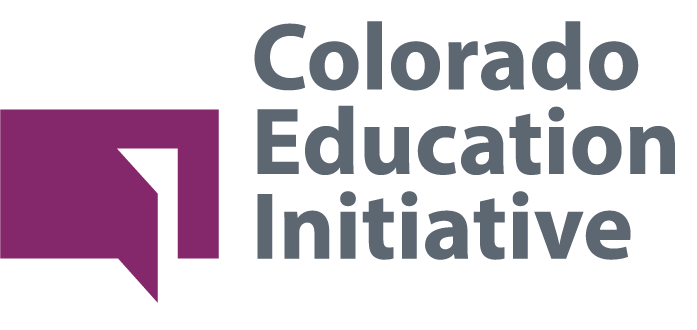Social Emotional Solutions: A monthly blog showcasing strategies and bright spots for Colorado’s schools
July 26, 2022
Introduction
It has been over a year since Colorado Children’s Hospital declared a state of emergency in youth mental health. As we near the end of July, those of us in schools feel the weight of continued crisis in stories of struggling youth and educators and wonder what the upcoming school year will hold, how it must – and can – bring long-needed change. Recent Colorado data confirms youth are experiencing increasing depression and mental health issues, particularly among LBGTQ teens and youth of color, and support for students’ social, emotional, and mental health remains the top area school leaders and teachers report needing additional support and professional development to lead schools effectively.
This mounting call to action for increased social emotional support for increased numbers of students converges with what research has long indicated – that social emotional development is essential for all students because you cannot have learning without developing socially and emotionally. In fact, cognitive development and social emotional development are part of the same neurobiological process and one does not work without the other.
The science of learning and development indicates that social emotional development is actually required for all kids to learn, not just some kids. As Dr. Pamela Cantor recently testified, “Today we have knowledge about how children learn and develop that we didn’t have when our education system was created. What we know now could not only address the acute needs of children affected by the pandemic, but it could also unlock the talent, skills, and potential that exists in all our young people, providing what each and every student needs to thrive.”
CEI has spent many years partnering with educators and leaders across the state who believe in the responsibility of schools and districts to create community, connection, and motivation as integrated components of learning – and who believe it’s possible because they see it happening. Time and again, we see schools build hope, vision, and a bias to action.
It is in this spirit of cultivating shared urgency and action that we launch this blog series. Each month, our team will share stories of inspiration and strategies for impact that we are seeing and supporting across the state. We will span classroom, school, and state ecosystem level topics and hope you will reach out where interested in partnership.
To anchor this series, we focus on the importance of building a social emotional ecosystem, and are excited to release four videos of Colorado schools and districts redesigning with relationships at the center.
Why Build a Social Emotional Ecosystem?
By Finessa Ferrell, CEI Social Emotional Learning Specialist
In the simplest terms, an ecosystem is a biological community – a literal “bubble of life” – so interconnected there is a ripple effect when any one part grows weaker or conversely, stronger. Just like we all learned in science class, a strong ecosystem is one where a combination of structures and processes increase the capacity of the system to meet the needs of everyone inside the bubble.
In periods of stress and difficult conditions, it is easy to forget the interconnected nature of an ecosystem and get bogged down in responding to each individual’s need, often at the expense of strengthening the system within which those individuals work and learn together in community. The benefit of building an ecosystem where everyone thrives is that when processes and structures are intentionally designed to support the thriving of all adults and students, we build with an understanding of how interconnected we are.
With generous funding from The Colorado Health Foundation, Caring for Colorado Foundation, and Kaiser Permanente, CEI has partnered with schools and districts across Colorado to support strong ecosystem building in four core areas:
- Creating learning environments that are physically and emotionally safe, filled with trust, relationship rich, and focused on building social and emotional skills;
- Building multi-tiered supports and stronger connections with community resources so that students and staff with behavioral health needs can receive services;
- Engaging youth to take an active role in climate and culture change within their schools and strengthening partnerships with teachers and staff to realize this change; and
- Actively engaging families and community members in the design and implementation of an inclusive school culture.
This past spring, CEI had the opportunity to film four school communities demonstrating the power of building the processes and structures that create ecosystems where people thrive. These “ecosystem case studies” are snapshots – not intended to showcase perfection – but to show what people feel and experience when part of a cohesive and integrated ecosystem. Notable results you will hear in each include increases in students who feel welcome at school and have trusted adults they can go to for support; decreasing referrals, suspensions, and failing rates; and increased attendance and passing rates.
Developing strong ecosystems is hard work and the ideal conditions for growth are those that sustain themselves. Some of those conditions include building educator mindsets that support the social emotional development of young people; cultivating strong practices that promote essential skills, intrinsic motivation, and healing; investing deeply in a culture of belonging; designing school infrastructure that produces connection; and leaning into the power of finding your why.
We look forward to digging in on these and other topics in the coming months.
